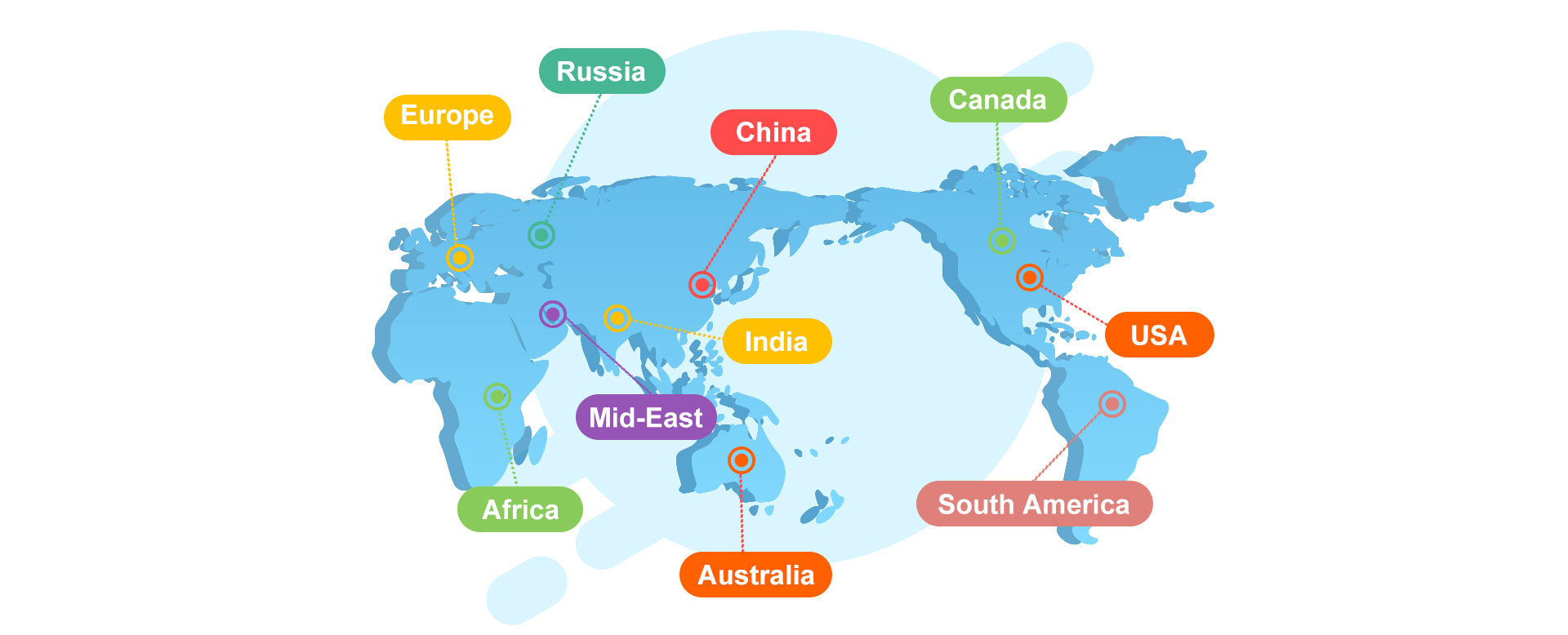Complete List of Snowmaking Machines
Artificial snowmaking technology plays a crucial role in the ice and snow industry and entertainment sector. The snowmaking machine, as a key device in this technology, is categorized into several types based on different operating principles and technical characteristics. Here is an introduction to several major types of snowmaking machines:
1. Air Compression Snowmaker
This is a common and efficient type of snowmaking machine. Its operating principle involves compressing air to spray water into cold air, causing water molecules to rapidly cool and form snowflakes. These machines perform well in cold environments and can produce high-quality snow at relatively higher temperatures.
2. Water Atomization Snowmaker
The water atomization snowmaker employs high-speed rotating nozzles to spray water into tiny mist-like particles, which cool and solidify into snowflakes in the air. This type of snowmaking machine is highly efficient and produces snow of good quality, making it widely used in places like ski resorts where high-quality snow is essential.
3. Water Mist Snowmaker
The water mist snowmaker utilizes a high-pressure water pump to spray water into tiny mist particles, and these mist droplets condense to form snowflakes. It has the advantage of working at relatively higher temperatures, making it suitable for warm climates. Water mist snowmakers are commonly applied in theme parks and snow-themed attractions.
4. Electronic Cooling Snowmaker
The electronic cooling snowmaker employs advanced electronic refrigeration technology to rapidly cool water molecules, causing them to condense into snowflakes. This type of snowmaking machine is known for its energy efficiency and is suitable for environments with high demands for energy efficiency and environmental sustainability.
5. Vacuum Snowmaker
The vacuum snowmaker operates in a vacuum environment, lowering the boiling point of water to facilitate rapid evaporation and cooling, ultimately forming snowflakes. This technology allows for snow production in relatively warm climates and has lower environmental requirements, making it applicable in special circumstances.
Each type of snowmaking machine has its advantages and disadvantages, and the choice of the appropriate type depends on the climate conditions, requirements, and economic considerations of the specific site. With ongoing technological advancements, we may witness the emergence of more innovative snowmaking machines in the future, opening up additional possibilities for the ice and snow sports and entertainment industry.







